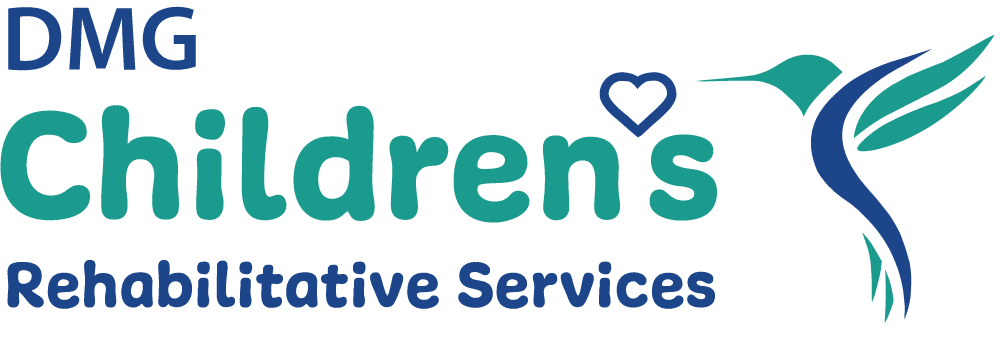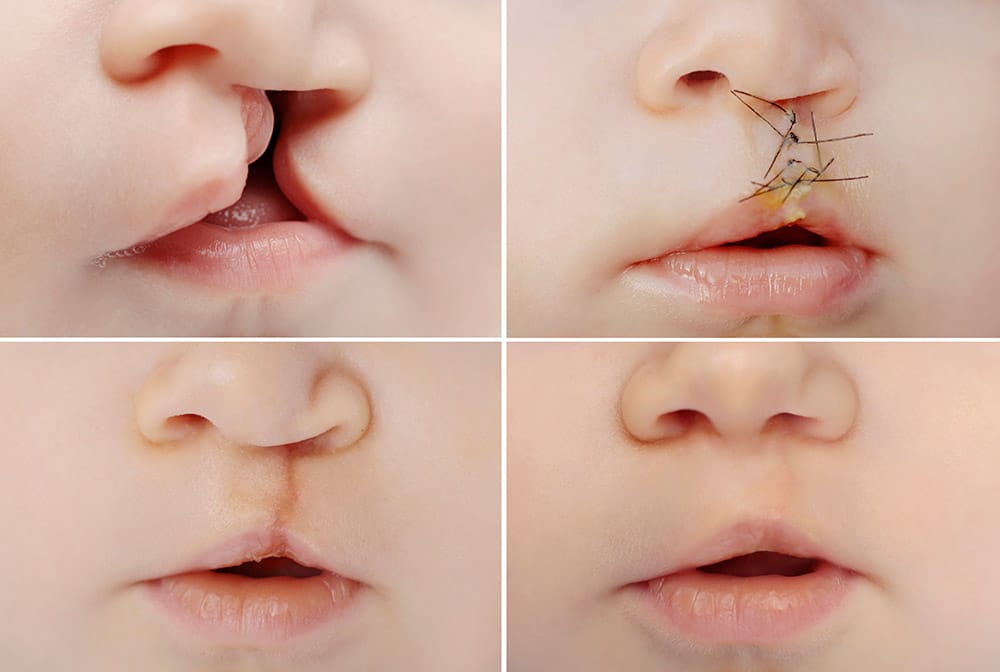Cleft Lip and Palate: Causes and Treatments
What is cleft lip and palate?
During the first five to nine weeks of pregnancy, the two sides of the baby’s face come together (fuse). The lip forms between the second and seventh week of pregnancy and the roof of the mouth (palate) during weeks six to nine. If the tissues of the mouth and/or palate do not fuse as they should, a cleft lip or palate can result. Cleft lip and palate are also called “orofacial clefts.”
A cleft lip is a separation in the upper lip, and a cleft palate is a split in the roof of the mouth. Cleft lip and palate are the most common birth defects of the face or skull. Babies may be born with:
Cleft lip conditions occur on one or both sides of the nose. A cleft lip on one side of the nose is called a “unilateral cleft lip;” when on both sides, it is called a “bilateral cleft lip.”
What causes orofacial clefts?
Cleft lip and palate are believed to result from a combination of inherited (genetic) and environmental factors. In many cases, the exact cause of an orofacial cleft may not be identified. If one child is born with a cleft lip or palate, the chances of having another child born with the same condition are approximately 2-8%, depending on various factors.
According to the Centers for Disease Control and Prevention (CDC), non-genetic risk factors for orofacial clefts in babies include:
When can an orofacial cleft be detected?
Cleft lip conditions can often be diagnosed before the birth of the baby. Cleft lips are more easily visible when the baby is still in the womb, with ultrasounds being able to detect cleft lip as early as 14 weeks into the pregnancy. Cleft palate is more difficult to diagnose during pregnancy.
If your obstetrician detects a cleft lip or any abnormalities, they will refer you to the appropriate medical specialist(s), giving you time to understand the condition and treatment as well as build a relationship with your child’s medical specialist. This pediatric specialist can then help you prepare for next steps and the unique challenges that come with caring for a baby with cleft lip or other craniofacial abnormalities.
How is an orofacial cleft treated?
With treatment, most children with orofacial clefts do well and lead a healthy life. Treatment for children with orofacial clefts can vary depending on the:
Cleft lip requires more than one procedure to address. Pictures reflect progress throughout the stages of treatment.
Surgery to repair a cleft lip usually occurs in the first few months after birth and is recommended within the first 12 months. Surgery to repair a cleft palate is recommended within the first 18 months or earlier.
Many children will need additional surgical procedures as they get older. These surgical repairs can improve the look of the child’s face, breathing, hearing, and speech and language development.
If your baby has an orofacial cleft, you will have a team of pediatric specialists to support you in caring for the unique needs of your child and developing a treatment plan. Your child’s medical care team may include experts in:
DMG CRS includes all the medical specialties and support services to enable your child to receive coordinated care for an orofacial cleft in one, easy to access, child-friendly location. With your child’s entire medical team in one location, a single medical record accessed by all your child’s physicians, and on-site support services including labs, imaging, a pharmacy, and more, your child will receive individualized, compassionate, coordinated care. We’ll provide you the support you need so you can focus on the health and wellbeing of your child and family throughout the treatment journey.




